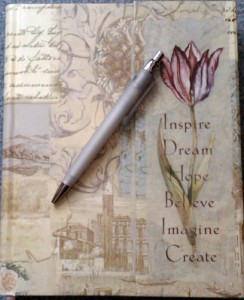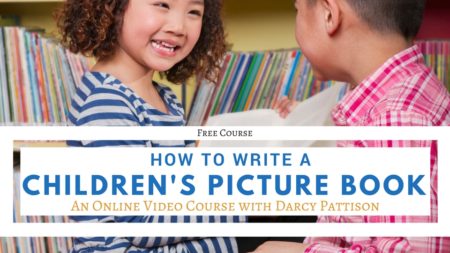A friend and I are working on an idea for a picture book based on a true life event. The challenges in doing this are multiple.
First, it has to has to interest the audience of small children and adults, because picture books really have two audiences, the kids and the adults who read to the kids. It means that there has to be a surface story and a deeper story.
Second, while I must remain true to the events, there still needs to be a story. I know there is a lot of discussion about some kids wanting “straight up science”, you don’t have to use a narrative arc; nevertheless, narrative nonfiction is my preference. The biggest challenge, though, is to find a story in the facts, one that resonates with the audience(s).
 Third, one reason to write a nonfiction picture book is to educate readers about topics that are important. In this case, the topic is endangered species and how loss of habitat is putting stress on certain populations of animals. It’s also about some successful intervention strategies that are current and could be a hot topic. Oh, wow, that sounds SO boring, even to me. And therein lies the challenge: how do you make the information accessible to a picture book audience, i.e. put it in words they can understand? And how do you make them care about the issues at stake?
Third, one reason to write a nonfiction picture book is to educate readers about topics that are important. In this case, the topic is endangered species and how loss of habitat is putting stress on certain populations of animals. It’s also about some successful intervention strategies that are current and could be a hot topic. Oh, wow, that sounds SO boring, even to me. And therein lies the challenge: how do you make the information accessible to a picture book audience, i.e. put it in words they can understand? And how do you make them care about the issues at stake?
Fourth, all the while, you must tell a story and it must be under 1000 words. It must have a beginning, middle and end, setting up a conflict and resolving it someway.
I kept asking my friend: “Where is the story?”
She had no answer. I had to find it myself.
To do this, I looked at primary source materials: I looked up the exact place the event occurred on Google Earth and looked at photos uploaded from nearby locations; I read original reports on the event from scientists involved; I researched the animal in question and its habitats. I immersed myself in everything I could for 48 hours. I slept. Then, I wrote.
I didn’t outline, because the story line was totally clear. What was at stake was the writing itself. How you write it is everything.
And the process worked. This is a time when I could not have predicted that the story would turn out as it did. Sometimes, you simply have to write a first draft and see where it goes, let your subconscious do its work. But at the same time, my analytic side was watching: where was there a spark of emotion? where did something get written that might create a pattern?
In the end, I am thrilled with the draft. I didn’t think the story would work as a picture book. But I trusted the process: I wrote.
What do you need to write today? Trust the process.
Learn to Write Picture Books: Darcy Pattison’s Free Video Course

Thanks Darcy. This brought up a beautiful memory and distinct sadness for me. It is the very advice I received on a somewhat longer project from Deborah Brodie. What a great loss to our community of children’s book lovers.